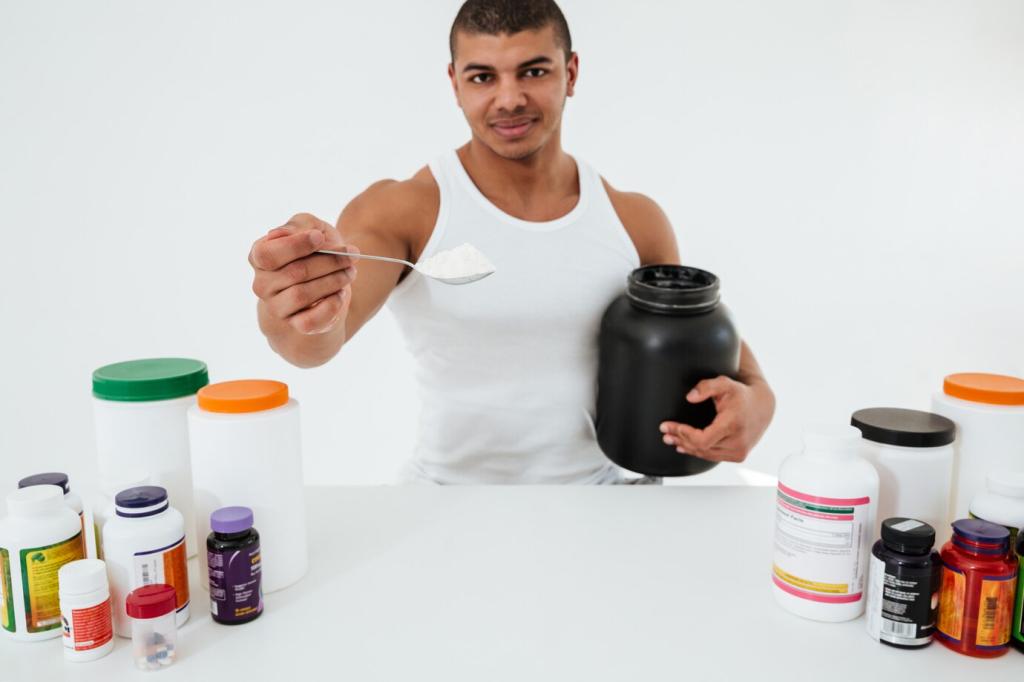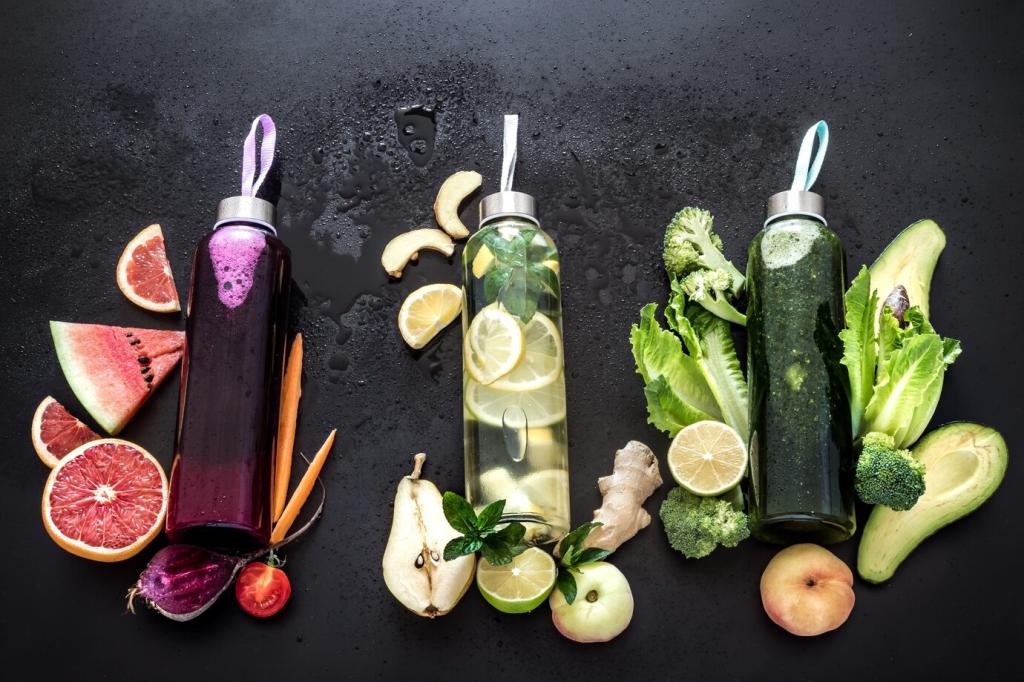Build the Athlete’s Plate
On easy days, emphasize vegetables, lean protein, and modest starch. Moderate days bring a balanced third of carbs, protein, and colorful produce. Hard days tilt toward more grains and starchy vegetables. This visual cue keeps portions aligned with performance demands without counting every gram.
Build the Athlete’s Plate
Aim for two to three colors per meal. Berries, leafy greens, peppers, and carrots deliver antioxidants that help manage training stress. Rotate choices weekly to cover gaps, reduce boredom, and build a habit that naturally supports immune health and steady energy throughout your season.
Build the Athlete’s Plate
Breakfast: oatmeal with banana, peanut butter, and milk. Lunch: quinoa bowl with chicken, roasted vegetables, and olive oil. Snack: yogurt with honey and granola. Dinner: salmon, rice, and broccoli, plus fruit. Adjust carbs up on hard days and add an evening snack for long mornings.
Build the Athlete’s Plate
Lorem ipsum dolor sit amet, consectetur adipiscing elit. Ut elit tellus, luctus nec ullamcorper mattis, pulvinar dapibus leo.



